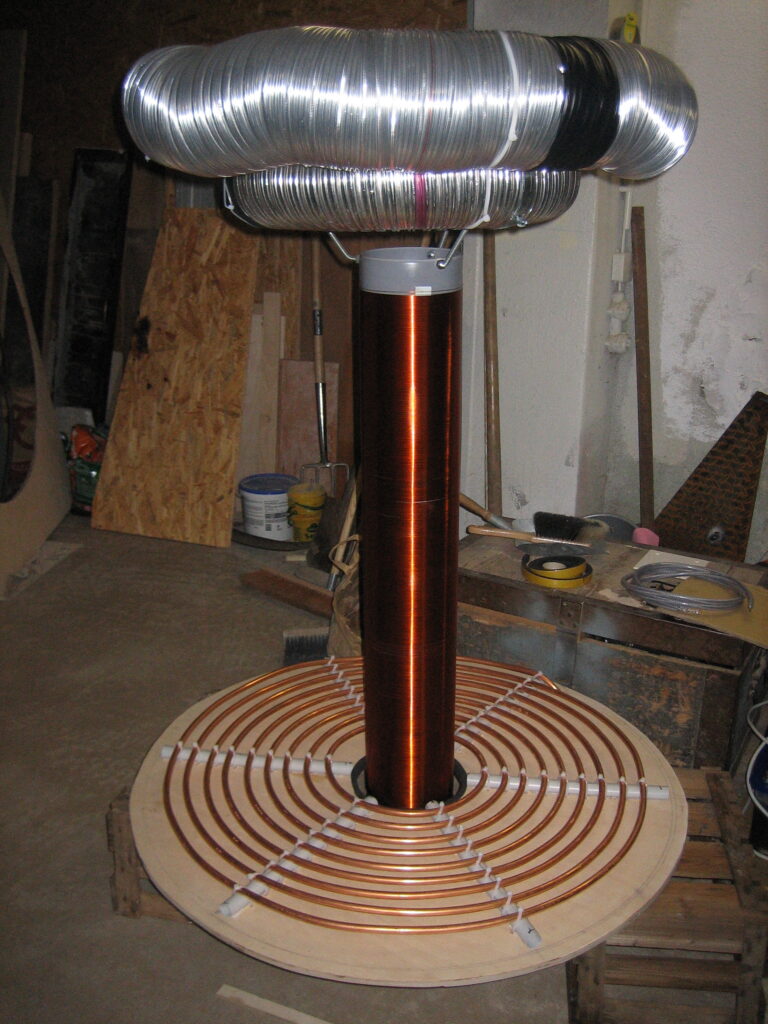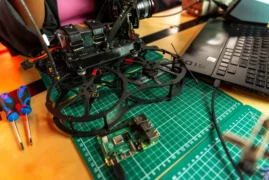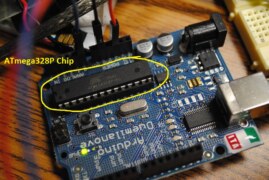Have you ever seen electricity jump through the air like lightning, lighting up bulbs without any wires? That jaw-dropping spectacle is not a magic trick — it’s the brilliance of the Tesla Coil, a high-voltage invention by none other than Nikola Tesla himself.
In this blog post, we’ll explore what the Tesla Coil is, how it works, its features, benefits and drawbacks, how to make one, FAQs, and even a glimpse into my personal experience building it.
What is a Tesla Coil?
The Tesla Coil is a type of resonant transformer circuit invented by Nikola Tesla in 1891. Its purpose was revolutionary — to create wireless transmission of electrical energy.
It works by converting low-voltage electricity into extremely high-voltage, high-frequency alternating current (AC). This allows electricity to “leap” through the air — creating arcs, lighting fluorescent lamps, or even wirelessly transmitting energy over short distances.
At the time, Tesla’s dream was to power homes, cities, and even the world — without wires.
Checkout relevant project : Wi-Fi Controlled Relay using NodeMCU – Control Appliances with Your Phone!
Features of the Tesla Coil
Here are some key features that make the Tesla Coil one of the most iconic inventions in electrical engineering:
| Feature | Description |
|---|---|
| ⚡ High Voltage Output | Can generate voltages from tens of kilovolts to even millions |
| 📡 Wireless Energy Transmission | Lights up bulbs and neon tubes without wires |
| 🔁 Resonant Transformer | Operates using electromagnetic resonance |
| 🎇 Spectacular Arcs | Creates dramatic lightning-like discharges |
| 🔥 High-Frequency AC | Operates at radio frequencies (RF), typically 50 kHz – 1 MHz |
| 🧪 Educational Tool | Demonstrates resonance, inductance, EM fields, and energy transfer |
These features make it both a scientific marvel and a favorite among DIY hobbyists, engineers, and educators.
Circuit Diagram and Working Principle

Let’s dive into how the Tesla Coil works — it might look complex, but we’ll break it down in simple terms.
Key Components:
- Power Supply (e.g., 12V–220V AC)
- Primary Coil (Few turns of thick copper wire)
- Secondary Coil (Hundreds or thousands of turns of thinner wire)
- Spark Gap (acts like a switch)
- Capacitor Bank (stores energy)
- Toroid or Metal Disk (top load to stabilize the arc)
- Ground Connection (essential for safe operation)
Working in Simple Steps:
- Charging the Capacitor: The power supply charges a high-voltage capacitor.
- Spark Gap Activation: Once the capacitor reaches a certain voltage, the spark gap fires (air becomes conductive), allowing energy to flow through the primary coil.
- Electromagnetic Resonance: The sudden surge of current creates an oscillating magnetic field that induces voltage in the secondary coil.
- High Voltage Output: The secondary coil resonates at the same frequency, but due to many turns, the voltage steps up drastically — producing incredible arcs of electricity.
- Wireless Power: Place a fluorescent tube nearby, and it lights up — no wires!
This process repeats rapidly, producing continuous arcs and electromagnetic energy.
Types of Tesla Coils
- Spark Gap Tesla Coil (SGTC) – Traditional type, loud and powerful, uses spark gap.
- Solid-State Tesla Coil (SSTC) – Uses transistors/MOSFETs instead of spark gaps.
- Dual Resonant Solid-State Tesla Coil (DRSSTC) – Advanced version with better control and energy efficiency.
- Mini Tesla Coil Kits – Compact, DIY-friendly, low power (safe for learning).
Each type has its own use case, from educational to high-performance entertainment setups.
Pros and Cons
Pros:
- Wireless Power Demonstration: See the future of power transmission!
- Educational Value: Great for learning resonance, transformers, and EM fields.
- Visually Stunning: Produces arcs and lightning that amaze audiences.
- DIY Friendly: Can be built at home with simple materials.
- Expandable: Modify frequency, power, and control system as you learn more.
Cons:
- High Voltage Risk: Can be dangerous if mishandled.
- EM Interference: Can disrupt nearby electronics or Wi-Fi.
- Legal Restrictions: Some high-power coils are regulated in certain countries.
- Noise: Spark gaps produce loud buzzing sounds.
- Limited Practical Use: Primarily for demonstration and experimentation.
Explore more projects
Voice Controlled Home Appliances Using Bluetooth and Android App
❓ Frequently Asked Questions (FAQs)
1. Is it safe to build a Tesla Coil at home?
Yes, but only if you follow proper safety protocols. Always insulate connections, use rubber gloves, work on non-conductive surfaces, and never touch the coil when it’s powered on.
2. Can a Tesla Coil power my home wirelessly?
Not practically. While Tesla dreamed of wireless energy, today’s Tesla Coils are more educational or for entertainment. True wireless power for homes is still under development using different technologies.
3. Does it damage nearby electronics?
It can. The high-frequency electromagnetic waves can interfere with TVs, routers, or radios. Keep sensitive devices at a distance.
4. Can I make a Tesla Coil using Arduino?
Yes, but that’s more of a solid-state driver, not a classic Tesla Coil. Arduino is used to generate PWM signals to drive a coil — it’s safer and good for learning, but the arcs are smaller.
5. Why are there sparks even when nothing touches the coil?
That’s because of corona discharge and air ionization. The electric field becomes so strong that it breaks down air molecules, creating visible arcs.
My Personal Experience
I still remember the first time I lit up a fluorescent bulb using my mini Tesla Coil — it felt like I had magic in my hands.
I started with a DIY kit from an electronics store, just to explore. After assembling it and connecting a 12V DC supply, I adjusted the spacing of the coils and turned it on.
Zzzzzzap!⚡
Tiny blue arcs danced on the toroid. I brought a CFL tube closer — and it glowed without wires! I couldn’t believe my eyes. That’s when I truly understood the beauty of resonance and the genius of Nikola Tesla.
Later, I built a slightly bigger version using a flyback transformer and MOSFET-based driver. It wasn’t a classic Tesla Coil but could light up bulbs from a few inches away. I even experimented with music modulation — turning it into a mini “Singing Tesla Coil” that buzzed in rhythm with songs!
Caution: I accidentally burnt one of my MOSFETs by not using a heatsink 😅 — so don’t skip that part!
🧾 Conclusion: Should You Try Making a Tesla Coil?
Absolutely — yes, if:
- You’re a curious DIYer or electronics hobbyist.
- You love science and want to learn about electromagnetic fields.
- You want to impress your friends with literal lightning from your desk!
But proceed with caution. Understand what you’re dealing with — high voltage is no joke. Take every safety step seriously. Use gloves, insulated tools, and grounded systems. And if you’re not confident — start with a low-voltage kit.
The Tesla Coil is not just a piece of history — it’s a doorway into the world of wireless energy, resonance, and innovative thinking.
Source :
Photo by Killian Eon


